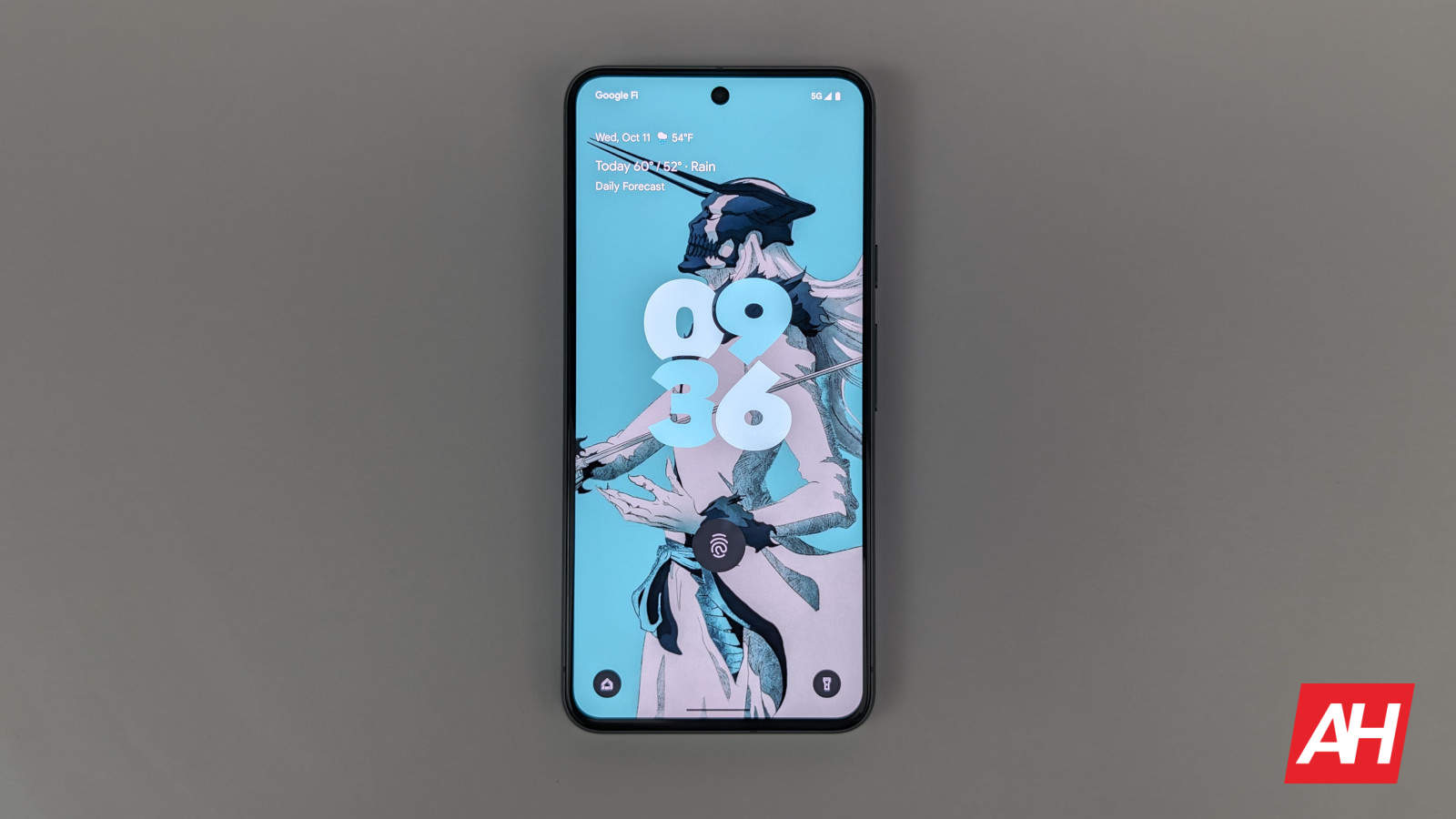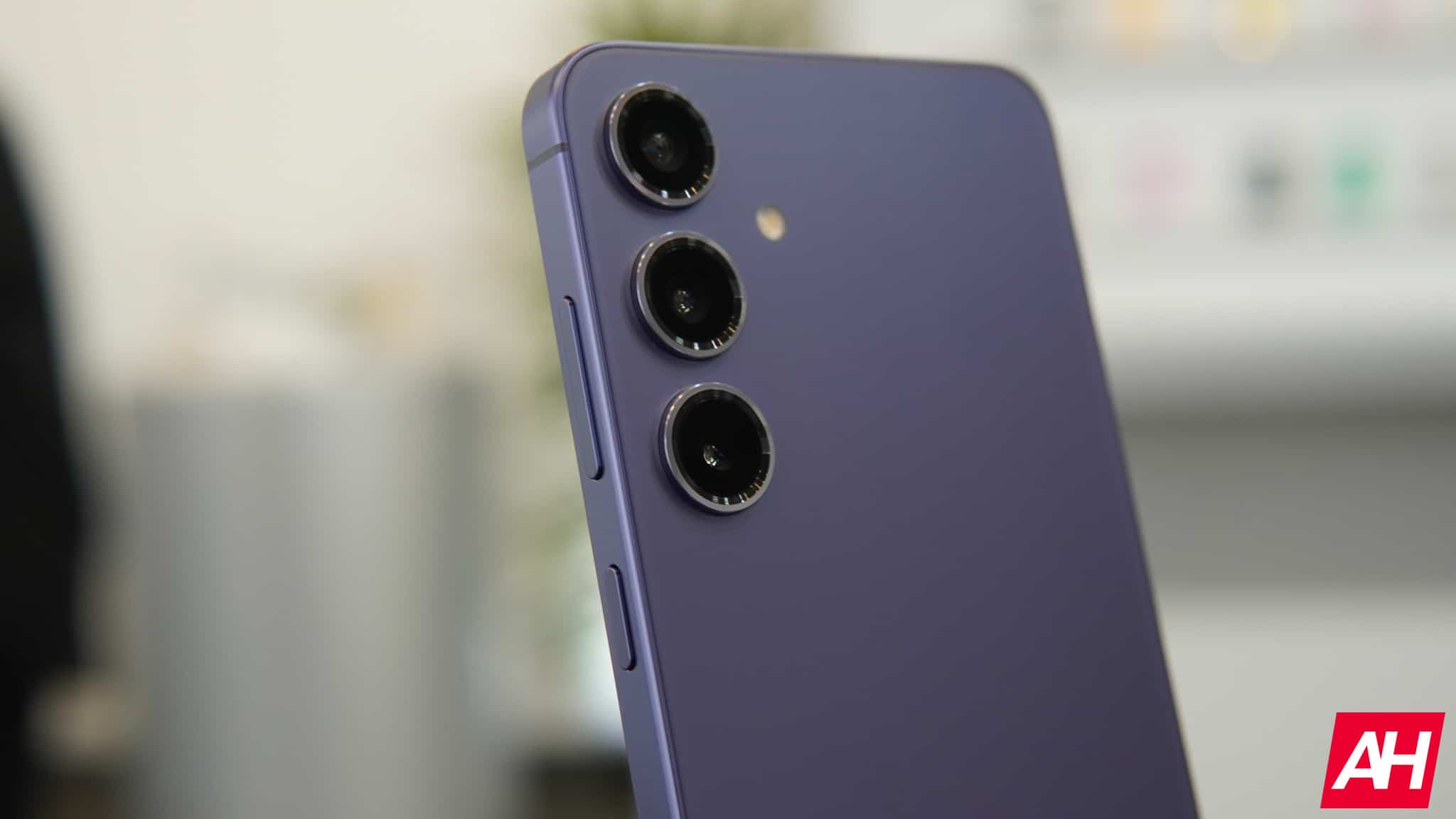Both Google and Samsung have somewhat compact high-end smartphones to offer. We’re here to compare those two smartphones, the Google Pixel 8 vs Samsung Galaxy S24. These two phones are considerably different, actually. They’re both running Android, and they’re both quite compact, but they’re still quite different. Not only do they have different internals, including the SoC, but they do feel different to hold and have different camera performance, amongst other things.
Having said that, we’ll first list their specifications, and will then move to compare their designs, displays, performance, battery life, cameras, and audio performance. Their price tags start well below $1,000, which could be an ideal higher-end smartphone choice for someone who doesn’t want a huge phone. Let’s see what they have to offer, shall we?
Specs
Google Pixel 8 vs Samsung Galaxy S24, respectively
– Screen size:
6.2-inch Actua AMOLED display (120Hz LTPS, HDR10+, 2,000 nits max)
6.2-inch Dynamic AMOLED 2X (flat, 120Hz, 2,600 nits max brightness)
– Display resolution:
2400 x 1080
2340 x 1080
– SoC:
Google Tensor G3
Qualcomm Snapdragon 8 Gen 3/Samsung Exynos 2400
– RAM:
8GB (LPDDR5X)
8GB (LPDDR5X)
– Storage:
128GB/256GB (UFS 3.1)
128GB (UFS 3.1)/256GB/512GB (UFS 4.0)
– Rear cameras:
50MP (f/1.68 aperture, 82-degree FoV, 1.2um pixel size), 12MP (ultrawide, f/2.2 aperture, 1.25um pixel size, 125.8-degree FoV)
50MP (wide, f/1.8 aperture, OIS, Dual Pixel PDAF), 12MP (ultrawide, 120-degree FoV, f/2.2 aperture, 1.4um pixel size), 10MP (telephoto, f/2.4 aperture, OIS, PDAF, 3x optical zoom)
– Front cameras:
10.5MP (f/2.2 aperture, 1.22um pixel size)
12MP (wide, f/2.2 aperture, Dual Pixel PDAF, 22mm lens)
– Battery:
4,575mAh
4,000mAh
– Charging:
27W wired, 18W wireless, 5W reverse wireless (charger not included)
25W wired, 15W wireless, 4.5W reverse wireless (charger not included)
– Dimensions:
150.5 x 70.8 x 8.9mm
147 x 70.6 x 7.6mm
– Weight:
187 grams
167/168 grams
– Connectivity:
5G, LTE, NFC, Wi-Fi, USB Type-C, Bluetooth 5.3
– Security:
In-display fingerprint scanner (optical) & facial scanning
In-display fingerprint scanner
– OS:
Android 14
Android 14 with One UI 6.1
– Price:
$699+
$799.99+
– Buy:
Google Pixel 8 (Best Buy)
Galaxy S24 (Best Buy)
Google Pixel 8 vs Samsung Galaxy S24: Design
Both of these phones are made out of metal and glass. They both use aluminum, and they both have rounded corners. You’ll also find flat displays on both smartphones, with a centered display camera hole. Now, both of them do have very thin bezels, but the ones on the Galaxy S24 are thinner. Also, the Galaxy S24 has uniform bezels, unlike the Pixel 8, even though the bezels on that phone are close to being uniform as well.
The frame on the Galaxy S24 is flat all around, with slight curves towards the edges. That’s not the case with the Pixel 8, as the sides are a bit rounded. That, and the fact the Galaxy S24 is about 20 grams lighter, makes Samsung’s handset a bit more pleasant to hold and use, at least that was the case for us. The Galaxy S24 is also slightly shorter, and thinner than the Pixel 8, despite the fact they have the same display size.
If we flip them over, you’ll notice considerably different camera implementations. The Pixel 8 has a camera visor with two cameras. That visor connects to the phone’s frame on the left and right sides. The Galaxy S24 has three cameras on the back. Those cameras are not part of a camera island, but each of them protrudes separately on the back. Both phones include physical buttons on the right-hand side.
They’re both compact enough to use with one hand, at least that’s our opinion. They are both quite slippery, though, so using a case may not be a bad idea despite the fact it’ll add some bulk to both devices.
Google Pixel 8 vs Samsung Galaxy S24: Display
The Google Pixel 8 features a 6.2-inch fullHD+ (2400 x 1080) OLED display. That panel is flat, and it’s a 120Hz panel. HDR10+ content is supported on this display, and the panel goes up to 2,000 nits of brightness at its peak. We’re looking at a 20:9 display aspect ratio here, in case you were wondering. The Google Pixel 8’s display is protected by the Gorilla Glass Victus from Corning.

The Galaxy S24, on the flip side, includes a 6.2-inch fullHD+ (2340 x 1080) Dynamic LTPO AMOLED 2X display. That panel is also flat, and it supports a 120Hz refresh rate. HDR10+ content is supported here as well, and this display goes up to 2,600 nits of brightness at its peak. The display aspect ratio is 19.5:9, and this panel is protected by the Gorilla Glass Victus 2, also from Corning.
There is not much to complain about here when it comes to displays, not at all. Both panels are quite vivid and have great viewing angles. The touch response is good, and they’re also both sharp enough. The blacks are also quite deep in both of them. The Galaxy S24 display can technically get a bit brighter than the Pixel 8’s panel, but the difference is not that big during regular use, though. Both of them are bright enough to use outdoors, so that’s not something that should bother you. You can’t go wrong either way.
Google Pixel 8 vs Samsung Galaxy S24: Performance
Google’s handset is fueled by the Google Tensor G3 processor. That is Google’s third-gen chip, and it is a 4nm processor. That chip is paired with 8GB of LPDDR5X RAM, and UFS 3.1 flash storage. The Galaxy S24, on the flip side, is fueled by the Snapdragon 8 Gen 3 for Galaxy in some markets, while the Exynos 2400 is used in other markets. Both of those are 4nm chips. Samsung also includes 8GB of LPDDR5X RAM (up to 12GB in a couple of markets), and UFS 4.0 flash storage (UFS 3.1 for the base 128GB storage model).
The performance is actually really good on both phones. The Galaxy S24 does offer more sheer power and is the better choice for gaming. That’s the case not only because of its SoC and storage but also because it has better cooling than the Pixel 8. The Pixel 8 can handle some more demanding games, but not as well as the Galaxy S24, that’s for sure. It also does get hotter than the Galaxy S24 in such instances.
During regular, everyday use, both smartphones do a great job. The difference in opening apps, jumping between them, and so on, is not that big. Sure, if you compare them side by side you’ll see a tiny difference, but in general, they’re both very fast regardless of what you do. In other words, you shouldn’t worry about that. They both deliver in that regard.
Google Pixel 8 vs Samsung Galaxy S24: Battery
Google’s handset comes with a 4,575mAh battery, while the Galaxy S24 features a 4,000mAh unit. The Pixel 8 does have a bigger battery, and it actually does deliver better battery life, at least that was the case for us. Getting around 6.5-7 hours of screen-on-time on most days was easily possible for us. That’s not bad battery life at all. It’s not great, that’s for sure, there are better phones for that out there, but it’s good.
The Galaxy S24, on the other hand, can deliver over 6 hours of screen-on-time, depending on what you do, but not much more than that. It also tends to fall under that mark, depending on your usage. Your mileage may vary, of course, there are simply too many factors involved. Do note that we didn’t play games on most days, but we do use our phones for various other tasks that you’d expect, such as browsing, messaging, taking pictures, image processing, and so on.
If you do run out of battery ahead of time, the Pixel 8 supports 27W wired, 18W wireless, and 5W reverse wireless charging. The Galaxy S24, on the other hand, supports 25W wired, 15W wireless, and 4.5W reverse wireless charging. So, neither smartphone offers particularly fast charging. Also, you’ll need to get a charger separately for both of them, as neither includes one in the retail box.
Google Pixel 8 vs Samsung Galaxy S24: Cameras
The Google Pixel 8 features a 50-megapixel main camera, and a 12-megapixel ultrawide unit (126-degree FoV). The Galaxy S24 sports three cameras on the back, a 50-megapixel main unit, a 12-megapixel ultrawide camera (120-degree FoV), and a 10-megapixel telephoto camera (3x optical zoom). The Pixel 8 is clearly missing that telephoto camera that the Galaxy S24 has. Let’s see how they compare.

If you love pictures that Google’s Pixel phones provide, you’ll be right at home with the Pixel 8. You’ll get that contrasty look that people love so much. The images do look great, even though a bit unrealistic. They do pop and provide plenty of detail. The Galaxy S24 toned down on saturation compared to its predecessors. That’s a difference that you’ll notice, and it’s a move in the right direction. The images still provide plenty of detail, and look good overall. In low light, the Galaxy S24 is actually attempting to keep things closer to real life, which is the opposite of what the Galaxy S23 was doing. The Pixel 8 tends to brighten up the scene a bit more. Images from both phones look really good in such conditions, though.
Ultrawide cameras on both devices do a good job of keeping the color profile of the main cameras. Still, depending on the scene, neither is perfect. Also, the quality drop-off is noticeable. In terms of zoomed-in shots, the Galaxy S24 takes the win, easily, as the Pixel 8 doesn’t have a telephoto camera. It’s worth saying that Google’s digital zoom is actually processed, and it’s not bad, but it can’t compete with a dedicated telephoto shooter.
Audio
Each of these two phones has a set of stereo speakers. They’re both quite good, and loud enough. The Galaxy S24 speakers do get slightly louder, but most of you won’t even notice that. Both sets are well-balanced, by the way.
What both of these smartphones lack is an audio jack. That’s the case with the vast majority of higher-end devices these days, though. You can always utilize their Type-C ports. If you prefer to go wireless when it comes to audio, you’ll be glad to know that both smartphones come with Bluetooth 5.3.
